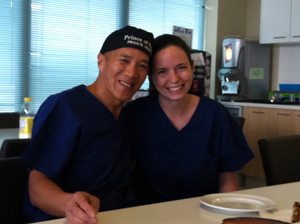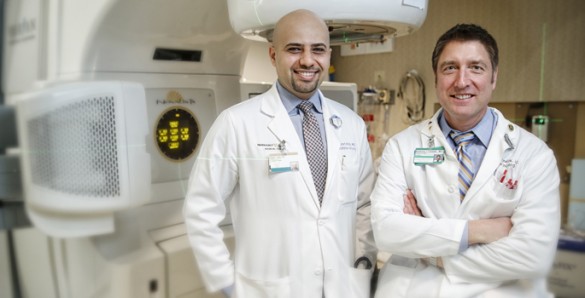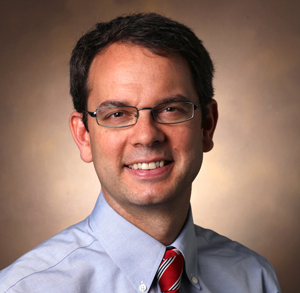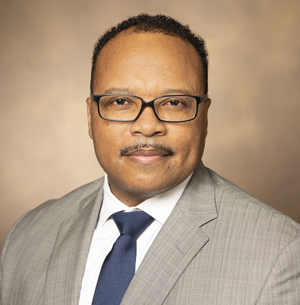
After six months in Australia studying under an international expert in endoscopic neurosurgery, Lola Chambless, M.D., has brought those minimally invasive brain tumor surgery techniques back to Vanderbilt University Medical Center.
Chambless, assistant professor of Neurological Surgery, performed her neurosurgery residency at Vanderbilt, during which she first encountered Charles Teo, MBBS, at a weekend seminar on his techniques.
After joining the Vanderbilt faculty, her first assignment was a full-time fellowship under Teo at his Centre for Minimally Invasive Neurosurgery in Sydney, Australia.
From June through December 2012, Chambless assisted with 300 brain tumor cases and was also an attending neurosurgery physician at a public hospital.
Traditional brain surgery often requires large incisions in the skull and long recovery times. Minimally invasive surgery is often done through one or two very small incisions or though a natural opening, like the nose. Thin tubes allow surgeons to guide a camera and other instruments directly to the tumor with little damage to surrounding tissue.
“A minimally invasive approach exposes less normal brain tissue to injury, reduces the risk of injury and infection, reduces the risk of stroke, reduces post-operative pain, and reduces the amount of air that gets in to the brain and the cerebrospinal fluid that is lost,” Chambless said.
But the biggest advantage is that patients recover quicker and are ready for the next stage of treatment sooner.
“That is really important for patients with malignant tumors because they’ll also have radiation and chemotherapy, in many cases. If we can get them healed up from surgery faster and better, they don’t have as many complications from their operation and can get on to those important steps more quickly,” Chambless said.
These benefits for patients come at the cost of more difficulty for surgeons, and there is a steep learning curve with endoscopic surgery.
“It’s a totally different skill set than open surgery. Using the endoscope removes your hands from the areas of operation. It’s a whole different way of looking at it in two dimension rather than three dimensions. And often we use endoscopes that have angles, so you’re actually looking around corners, and getting your brain to understand that looking at it on a TV screen is a challenge,” she said. “That’s why I think it’s important to get the extra training that I did to get over that learning curve.”

Teo has a reputation as one of the most aggressive neurosurgical oncologists in the world.
“That is different than the way I was trained in residency in a more conservative or thoughtful approach,” Chambless said. “It was useful for me to see somebody deal with a lot of the same types of tumors in a different way. There’s a strong creative component, not just doing the same procedure every time. You’re customizing the approach to the patient.”
Chambless started her practice in January and expects to have 200 cases per year.
“This type of surgery is starting to be borne out in the literature, showing that patient outcomes are improved, so I really think it’s the next direction in brain tumor surgery,” she said.















